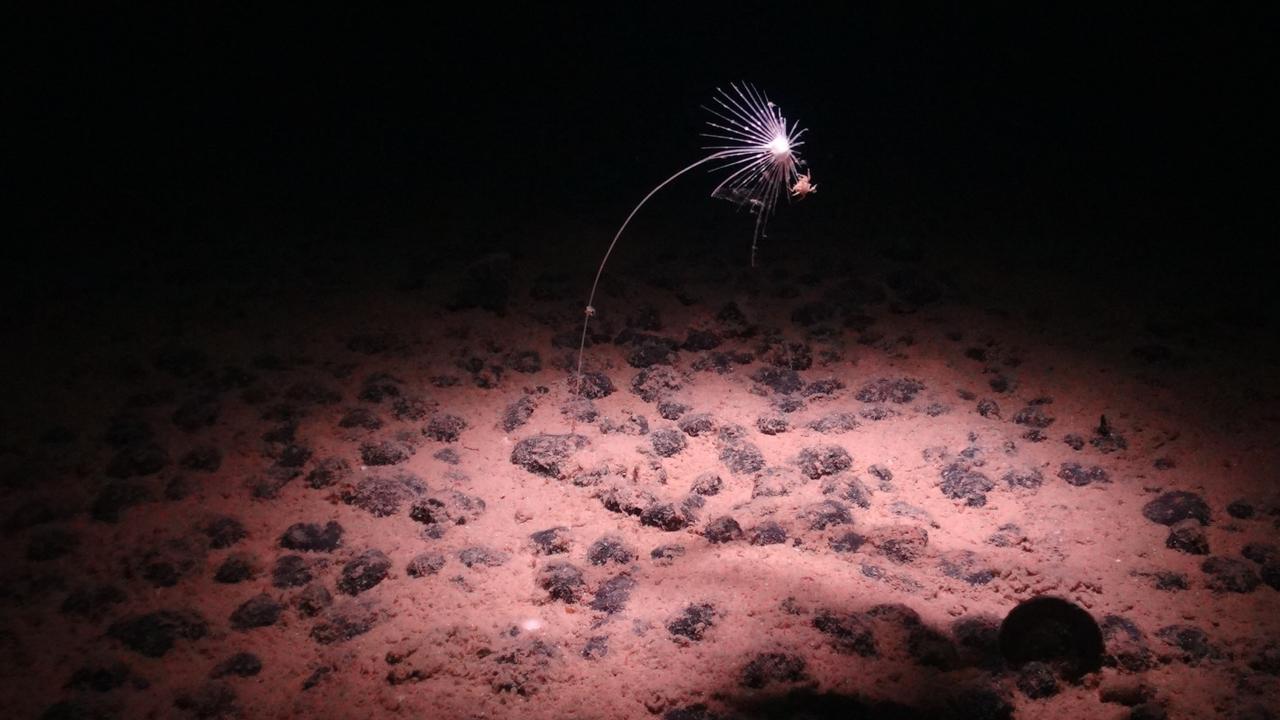The secrets of life on Earth may be deeper than we thought.
Scientists have discovered that a metallic nugget on the ocean floor produces oxygen in complete darkness without any help from any organisms, a discovery that could overturn our understanding of the origins of life.
This surprising fact was revealed in a groundbreaking study in the journal. Natural Earth Sciences.
“I think we need to revisit the question of where aerobic life – life that requires oxygen – might have originated,” Andrew Sweetman, professor of marine ecology at the Scottish Association for Marine Science (SAMS) in Oban, UK, and lead author of the study, said in a statement.
Professor Sweetman and his team stumbled upon a phenomenon called “dark oxygen” while sampling the ocean floor at depths of 3,960 meters across a 1.7 million square mile area stretching from Mexico to Hawaii.
They originally set out to assess the impacts of mining the aforementioned metals, including rare earth metals like cobalt, nickel and cerium (an essential component of certain electronics).
But while scanning the seafloor, sensors detected a mysterious oxygen emission coming from the area.
This seemed impossible because the area was too deep for light to penetrate to facilitate photosynthesis, the process by which plants and other organisms convert water and carbon dioxide into oxygen and energy.
However, this discovery marks the first time scientists have observed oxygen being produced without the intervention of an organism.
Professor Sweetman was so puzzled by this result that “at first I thought there was something wrong with the sensor.”
“All research done in the deep ocean so far has only looked at oxygen being consumed, not produced.” Shocked, the scientist returned the equipment to the manufacturer for testing and verification that it was working properly.
Professor Sweetman's subsequent experiments confirmed that the metal nodules produced “dark oxygen” through a process called seawater electrolysis.
This happens when seawater separates into oxygen and hydrogen when it is near a charge, in this case provided by a highly charged metal oval, like an underwater battery.
“Seawater electrolysis requires only 1.5 volts of voltage, the same voltage as a typical AA battery,” the authors wrote in a statement.
“The team analyzed several nodules and recorded readings of up to 0.95 volts on the surface of some of them, suggesting that significant voltage can be generated when the nodules are clumped together.”
In other words, nature is very metallic.
Ultimately, Professor Sweetman believes the discovery could challenge our understanding of how life began on Earth some 3.7 billion years ago.
“For aerobic life to begin on Earth, there had to be oxygen, and we’ve understood that the oxygen supply on Earth began with photosynthetic organisms,” he said. “But we now know that oxygen is produced in the deep ocean, where there’s no light.”
The discovery has raised concerns about the potential environmental impacts of harvesting the metal nuggets, which could provide a vital oxygen source for deep-sea habitats.
This article originally appeared in the NY Post and is reproduced with permission.
